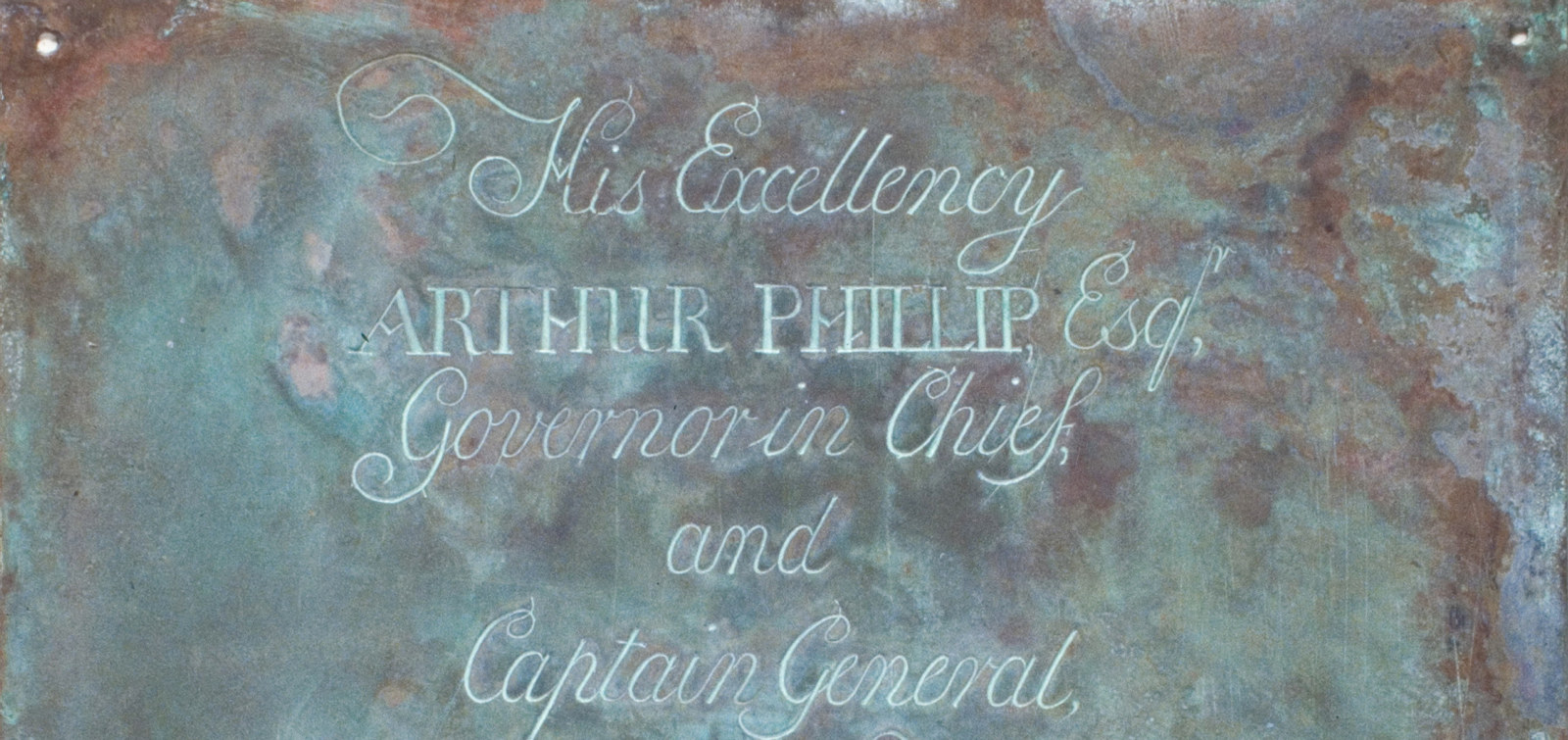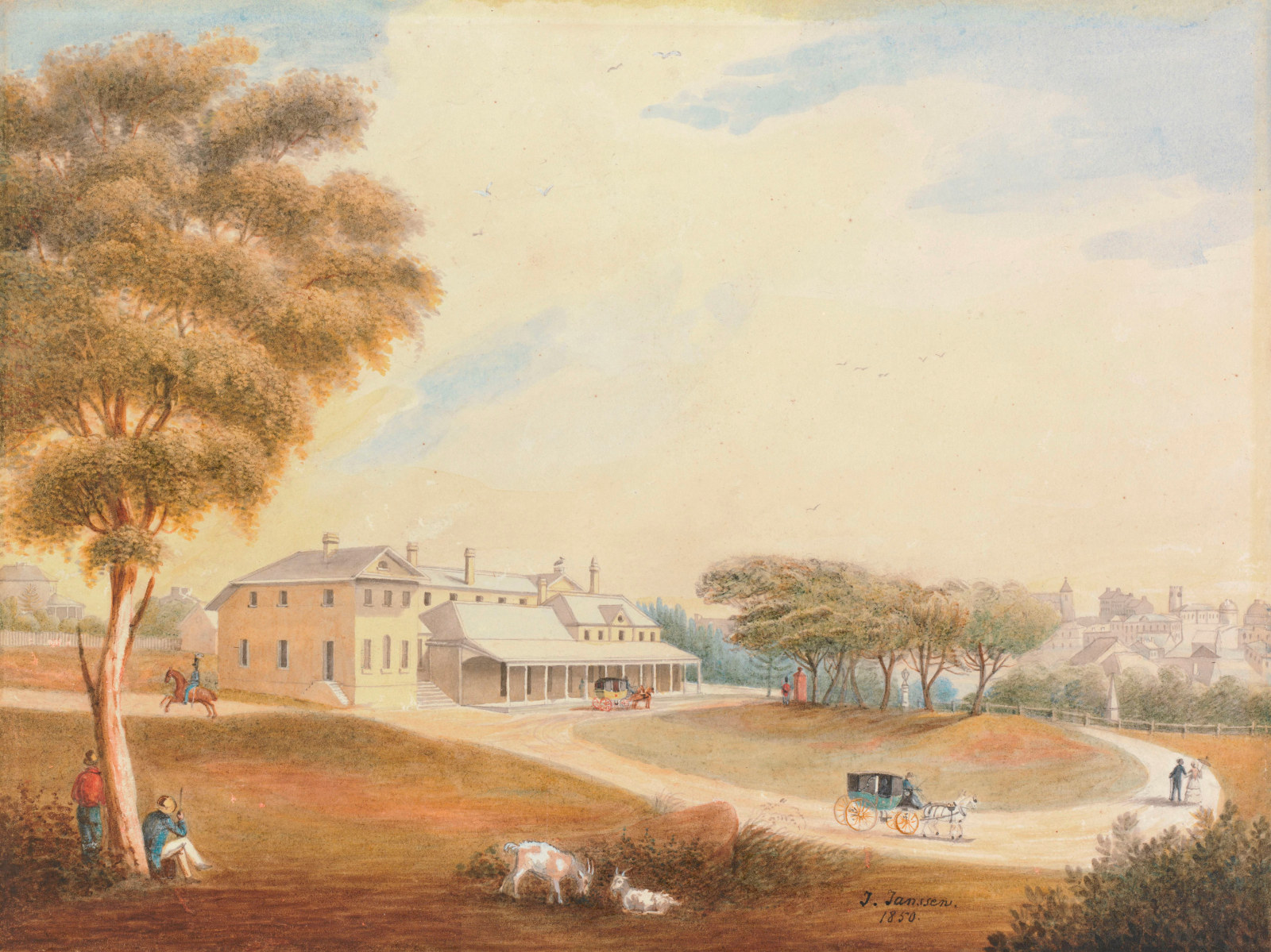A closer look at bricks
A high-tech research collaboration is giving us new insights into some very familiar objects from our vast archaeological collection.
Collection-based research is a vital part of Museums of History NSW’s work in caring for and promoting awareness of our collections. There is more work than we can do ourselves, so we welcome opportunities for external researchers to interrogate our collections in ways that we often can’t. The knowledge generated by that research opens up new avenues for understanding our historic sites and collections, and also demonstrates their ongoing value and significance.
One such new and innovative project focuses on the archaeological collection from the site of the first Government House (1788–1846), where the Museum of Sydney now stands. University of Sydney student Matthew Turner, supervised by Associate Professor James Flexner, is using portable X-ray fluorescence to study a selection of bricks dated to the period that the house was still standing for his honours research project in Archaeology. Here’s a summary of Matthew’s research project in his own words:
This project explores the materiality of the first Government House through bricks collected during archaeological excavations in 1983–91 and currently housed at the Museum of Sydney. It aims to investigate the adaptation and development of brickmaking in the early colony and link these changes to settlers’ social, economic and environmental experiences. The project uses a portable X-ray fluorescence (pXRF) analyser to assess the elemental composition of several dozen bricks, which will then be statistically analysed in order to draw out meaningful relationships. This will inform my interpretation of broad differences in these bricks’ elemental compositions; for instance, differences in the unique trace elements in the bricks could subsequently be linked to different clay sources or specific manufacturing techniques. This method allows us to test whether there is a change in the chemical makeup of bricks over time as brickmaking became more formalised and local industries better established in the colony of NSW. Among other things, this study emphasises the value of pre-existing research and legacy collections, particularly as new analytical techniques and approaches enable us to interrogate material evidence more rigorously than before. It will add another layer to the history of the first Government House and contribute more generally to our understanding of these times.
With its focus on material culture and physical remains, archaeology enables us to access aspects of history that were not written down, allowing scholars to build a more complete picture of the past. The deeper understanding of sources of raw materials and brickmaking technologies resulting from Matthew’s research will enable us to more fully situate the first Government House in its historical context.
More than just a home and office for the first governors of NSW, the house might also be viewed as a product of the materials, people, landscapes, technologies, and social and economic structures that created its basic building blocks. Projects like this can encourage us to think more deeply about things we might otherwise take for granted – such as the bricks that still surround us today.
Published on
Read more
Browse all
Excavating Australia’s first Government House
Did you know that when you walk into the Museum of Sydney, you’re walking over the remains of one of the most significant buildings in Australia’s history?

First Government House foundation plate
When the foundation plate was rediscovered in 1899 the site of first Government House was a distant memory

Demolished: first Government House
Built on a prominent rise overlooking Sydney Cove, first Government House served as the official residence and administrative office for the first nine governors of New South Wales

Up in smoke: clay tobacco pipes
From the earliest days of the colony, Sydney-siders smoked them, broke them, and discarded them into drains, rubbish piles, work sites and hidden cracks and crevices of buildings
